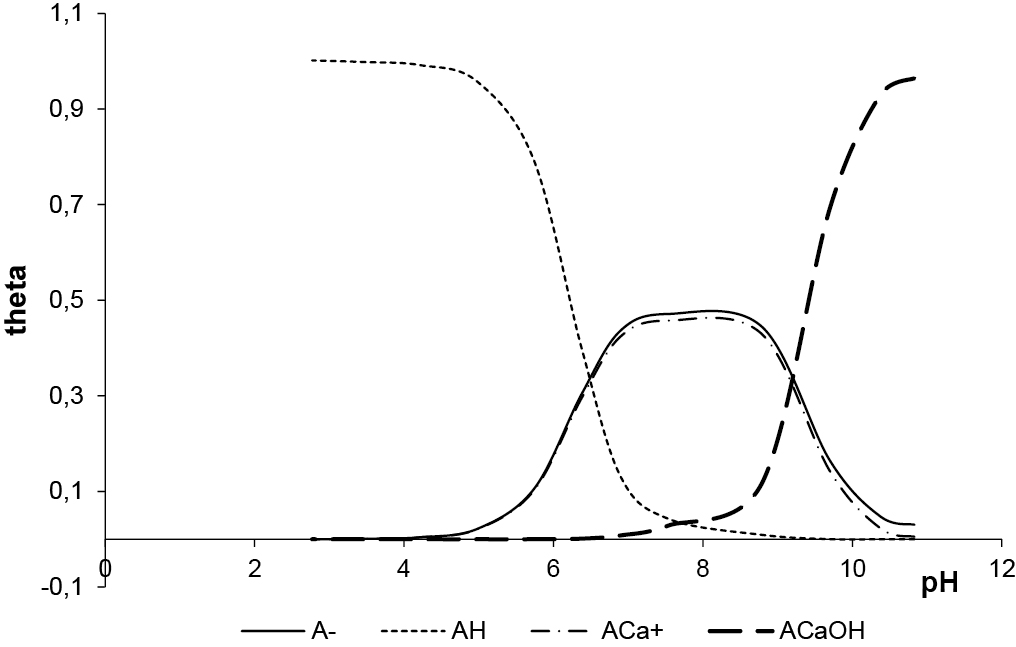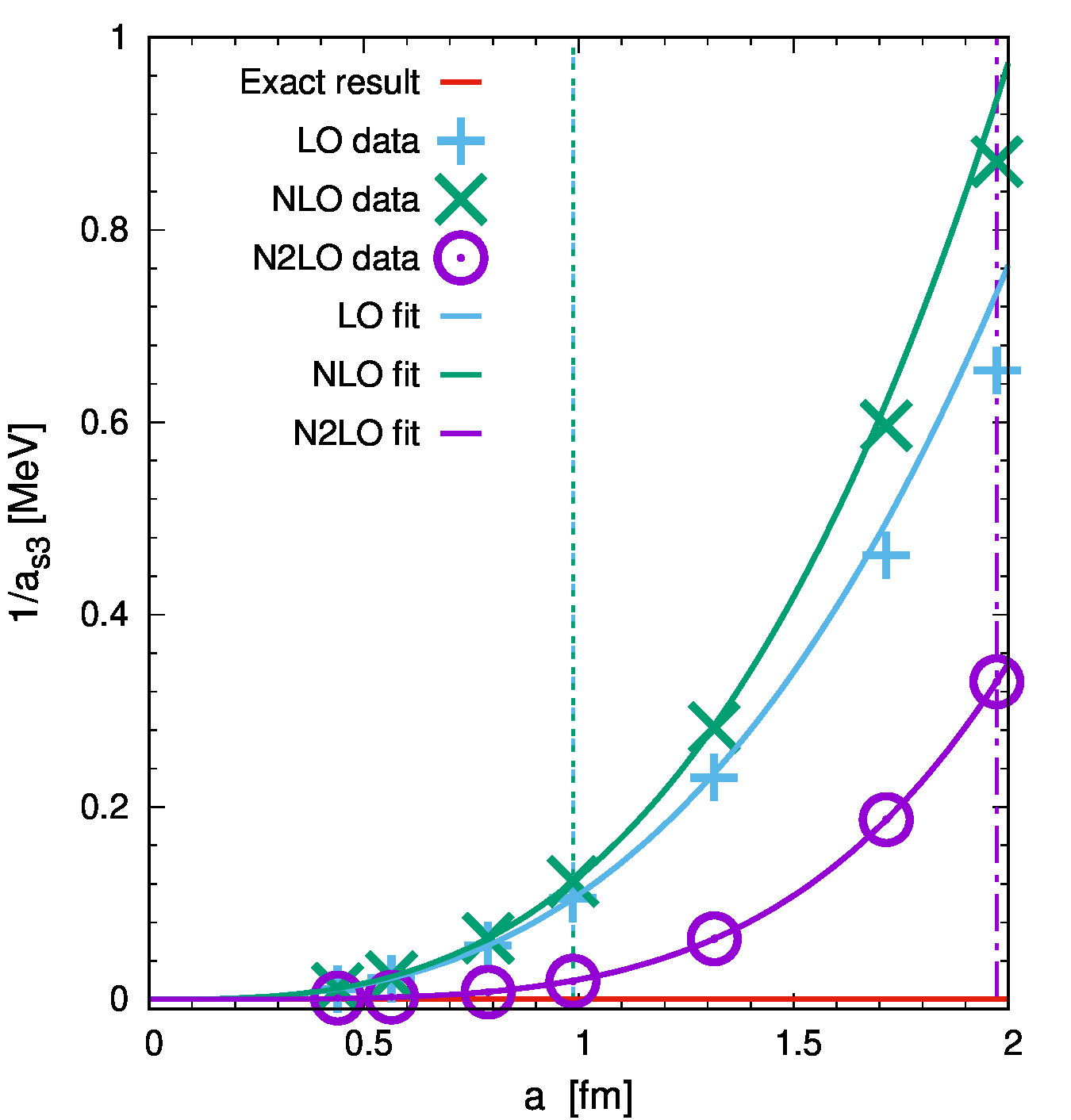News
EPJ Data Science Highlight - Using deep learning to “see” inside homes across the world
- Details
- Published on 18 February 2019

How much does someone's living room tell about how they live? Peeking into another person's life might be just part of natural human curiosity, but the answer to this question may provide insights in a wide range of aspects of human behavior. A new study published in EPJ Data Science uses the power of machine learning to explore patterns of home decors—and what they could tell about their owners—in popular accommodation website Airbnb.
See guest post by Clio Andris and Xi Liu originally published in the SpringerOpen blog
EPJE Topical Review: how capillarity drives the movement of small objects
- Details
- Published on 06 February 2019
Moving around small objects using capillary forces is a phenomenon that has stimulated scientists trying to understand the fundamental mechanisms at play. It is also important for many industrial, technological and analytical processes, for example micro-fluidics, oil and gas displacement, mineral flotation, miniature robot and biomechanics. In this EPJ E topical review article Jianlin Liu and Shanpeng Li present a critical review of capillarity-driven migration in which many examples are presented and explained. The small objects in question are non-deformable objects, such as particles, rods, disks and metal sheets as well as soft objects, such as droplets and bubbles. The authors clarify some misunderstandings on the conventional views on these systems.
EPJ D Highlight - Electron-gun simulations explain the mechanisms of high-energy cosmic rays
- Details
- Published on 06 February 2019

Model explains the mechanisms of scraping negative ions from moving surfaces under a strong electric field
When cosmic rays collide with planets or debris, they lose energy. Scientists use the collision of electrons with a moving surface to simulate this process. A new study published in EPJ D provides a rudimentary model for simulating cosmic rays’ collisions with planets by looking at the model of electrons detached from a negative ion by photons. In this work, Chinese physicists have for the first time demonstrated that they can control the dynamics of negative ion detachment via photons, or photodetachment, on a moving surface.
EPJ Plus article on microfiber pollution in the air selected for Springer Nature Grand Challenges Programme
- Details
- Published on 28 January 2019

A new study reports on microplastic fibres in the air, which can potentially enter the human body through breathing.
Microplastics (MPs) are one of the major hot topics in environmental science. Scientists have started to investigate the impact of such pollutants in different habitats, such as oceans, rivers, soils and air. Several studies have shown that MP fibers are very common in the atmosphere. They are invisible to human eye as they are smaller than 5 mm. These fibers, which derive from different sources, float freely in the air pushed by winds. A recent study, published on EPJ Plus, evaluated microfiber pollution in the air of an intercity terminal and a university campus in the Sakarya Province, Turkey.
EPJ B Highlight - New university ranking system includes the cultural perspective
- Details
- Published on 25 January 2019

A new study proposes a new way of ranking universities, using a more balanced cultural view and based on 24 international editions of Wikipedia
Scientists in France have developed a new way of generating a ranking of the world’s universities that places more emphasis on the cultural perspective. In a recent study published in EPJ B, Célestin Coquidé and José Lages, affiliated with the multidisciplinary research institute UTINAM in Besançon, and Dima Shepelyansky from the CNRS in Toulouse, France, perform an analysis of Wikipedia editions in 24 languages, collected in May 2017 - previous studies pursuing a similar approach focused on data from 2013. Employing well-known ranking algorithms, they establish a Wikipedia Ranking of World Universities based on the relative cultural views of each of the 24 language-specific Wikipedia editions. Thus, they provide a more balanced view that reflects the standpoints of different cultures.
EPJ D Highlight - Better safeguards for sensitive information
- Details
- Published on 23 January 2019

Study improves the lower boundary and secret key capacity of an encryption channel
The secure encryption of information units based on a method called quantum key distribution (QKD) involves distributing secret keys between two parties - namely, Alice, the sender, and Bob, the receiver - by using quantum systems as information carriers. However, the most advanced quantum technology, QKD, is currently limited by the channel's capacity to send or share secret bits. In a recent study published in EPJ D, Gan Wang, who is affiliated with both Peking University, Bejing, China, and the University of York, UK, and colleagues show how to better approach the secret key capacity by improving the channel's lower boundary.
EPJ D Highlight - Quantifying how much quantum information can be eavesdropped
- Details
- Published on 22 January 2019

New study yields more precise characterisation of monogamous and polygamous entanglement of quantum information units
Encrypted communication is achieved by sending quantum information in basic units called quantum bits, or qubits. The most basic type of quantum information processing is quantum entanglement. However, this process remains poorly understood. Better controlling quantum entanglement could help to improve quantum teleportation, the development of quantum computers, and quantum cryptography. Now, a team of Chinese physicists have focused on finding ways to enhance the reliability of quantum secret sharing. In a new study published in EPJ D, Zhaonan Zhang from Shaanxi Normal University, Xi'an, China, and colleagues provide a much finer characterisation of the distributions of entanglement in multi-qubit systems than previously available. In the context of quantum cryptography, these findings can be used to estimate the quantity of information an eavesdropper can capture regarding the secret encryption key.
EPJ Data Science Highlight - Twitter’s tampered samples: Limitations of big data sampling in social media
- Details
- Published on 16 January 2019

Social networks are widely used as sources of data in computational social science studies, and so it is of particular importance to determine whether these datasets are bias-free. In EPJ Data Science, Jürgen Pfeffer, Katja Mayer and Fred Morstatter demonstrate how Twitter’s sampling mechanism is prone to manipulation that could influence how researchers, journalists, marketeers and policy analysts interpret their data.
(Guest post by Jürgen Pfeffer, Katja Mayer and Fred Morstatter, originally published in the SpringerOpen blog)
EPJ E Highlight - How ion adsorption affects biological membranes’ functions
- Details
- Published on 15 January 2019

A new study presents new models describing how the adsorption of calcium, barium and strontium ions onto biological membranes may affect the functions of cells
Ions with two positive electrical charges, such as calcium ions, play a key role in biological cell membranes. The adsorption of ions in solution onto the membrane surface is so significant that it affects the structural and functional properties of the biological cells. Specifically, ions interact with surface molecules such as a double layer of lipids, or liposomes, formed from phosphatidylcholines (PC). In a new study published in EPJ E, Izabela Dobrzyńska from the University of Białystok, Poland, develops a mathematical model describing the electrical properties of biological membranes when ions such as calcium, barium and strontium adsorb onto them at different pH levels. Her works helps shed light on how ion adsorption reduces the effective surface concentration of add-on molecules with a specific function that can take part in biochemical reactions. These factors need to be taken into account when studying the diverse phenomena that occur at the lipid membrane in living cells, such as ion transport mechanisms.
EPJ A Highlight - Lattice Improvement in Lattice Effective Field Theory
- Details
- Published on 11 January 2019

Lattice calculations using the framework of effective field theory have been applied to a wide range of few-body and many-body systems. One of the challenges of these calculations is to remove systematic errors arising from the nonzero lattice spacing. While the lattice improvement program pioneered by Symanzik provides a formalism for doing this and has already been utilized in lattice effective field theory calculations, the effectiveness of the improvement program has not been systematically benchmarked.
In this work lattice improvement is used to remove lattice errors for a one-dimensional system of bosons with zero-range interactions. To this aim the improved lattice action up to next-to-next-to-leading order is constructed and it is verified that the remaining errors scale as the fourth power of the lattice spacing for observables involving as many as five particles. These results provide a guide for increasing the accuracy of future calculations in lattice effective field theory with improved lattice actions.




